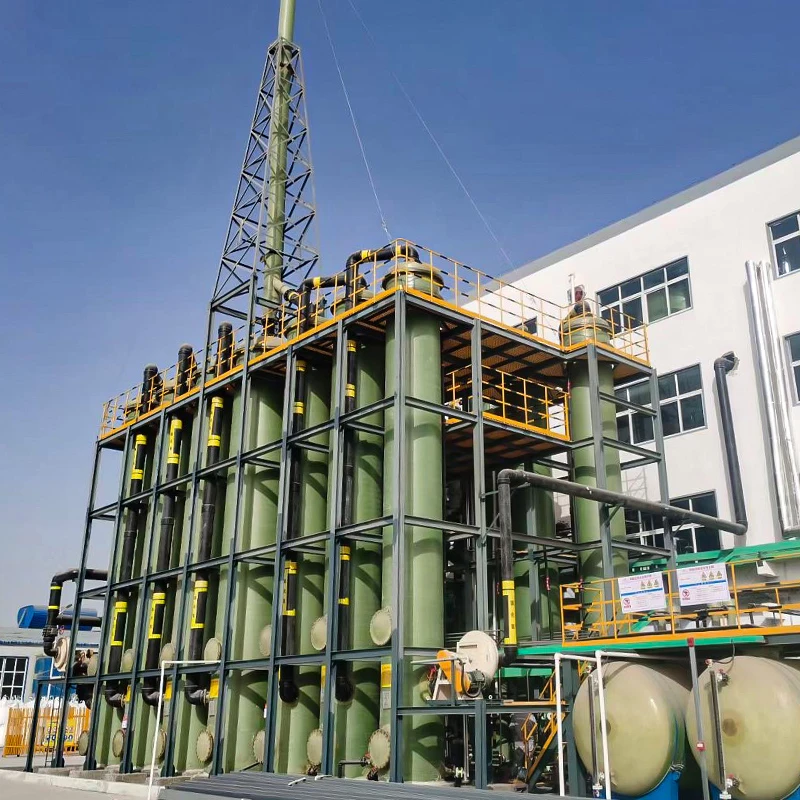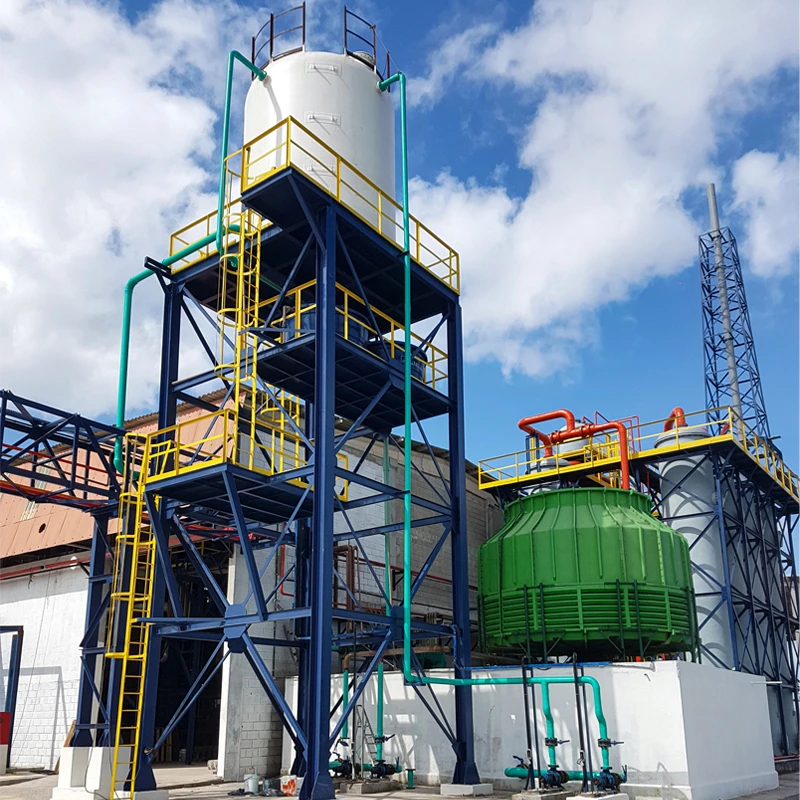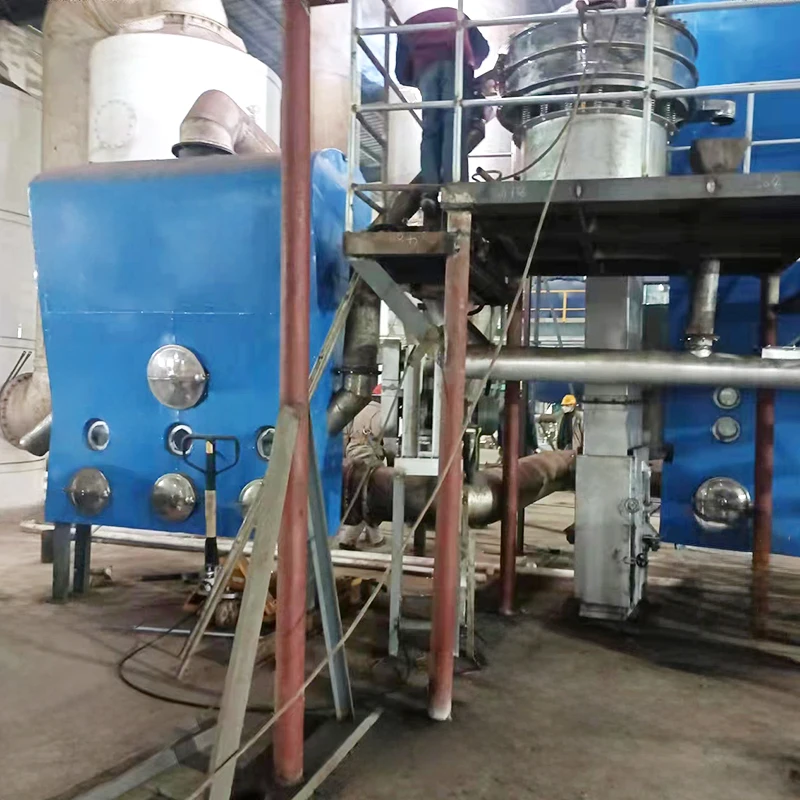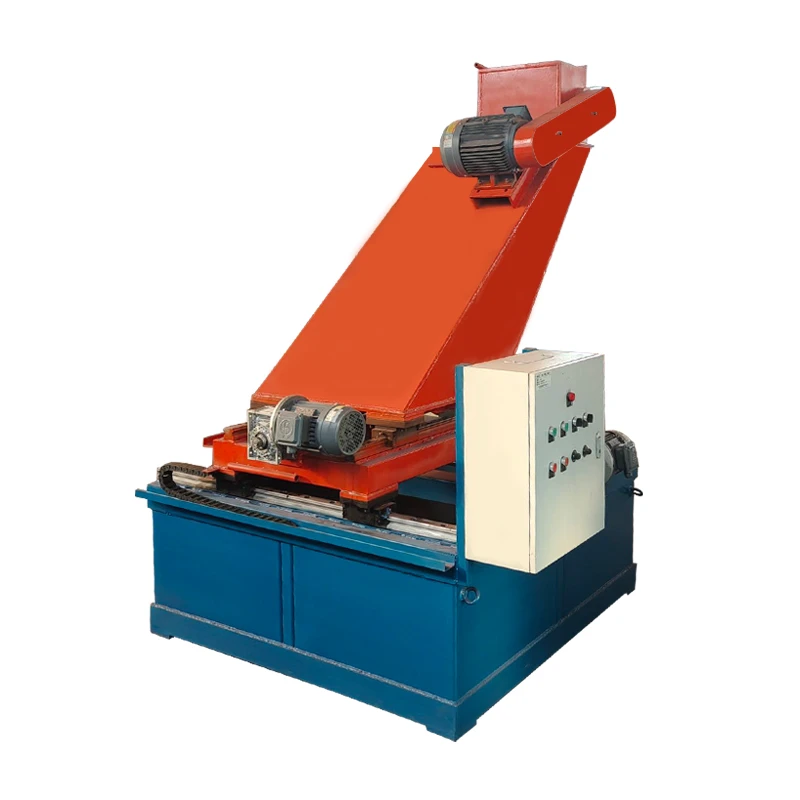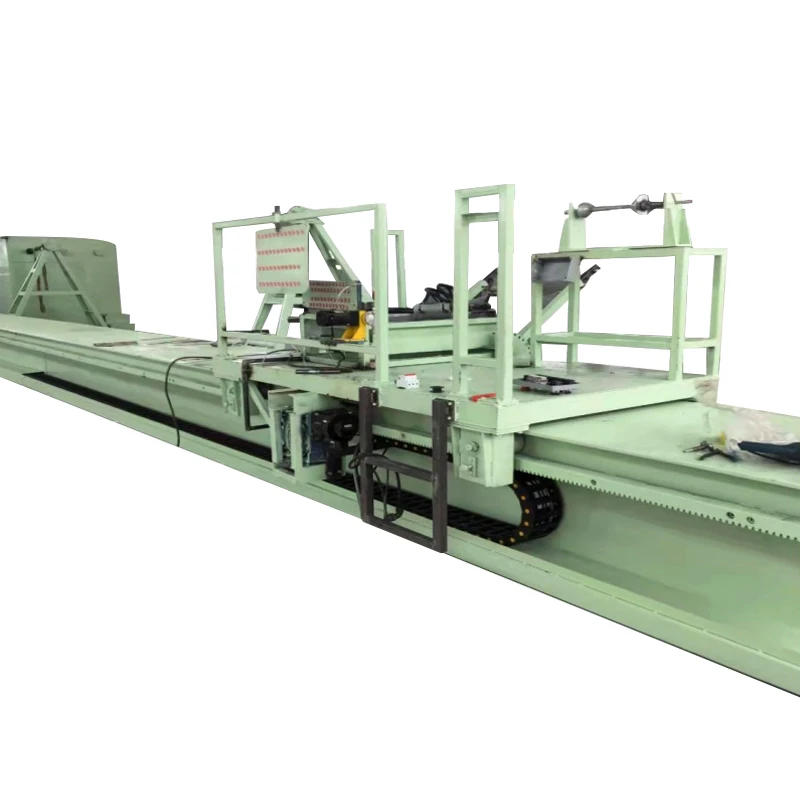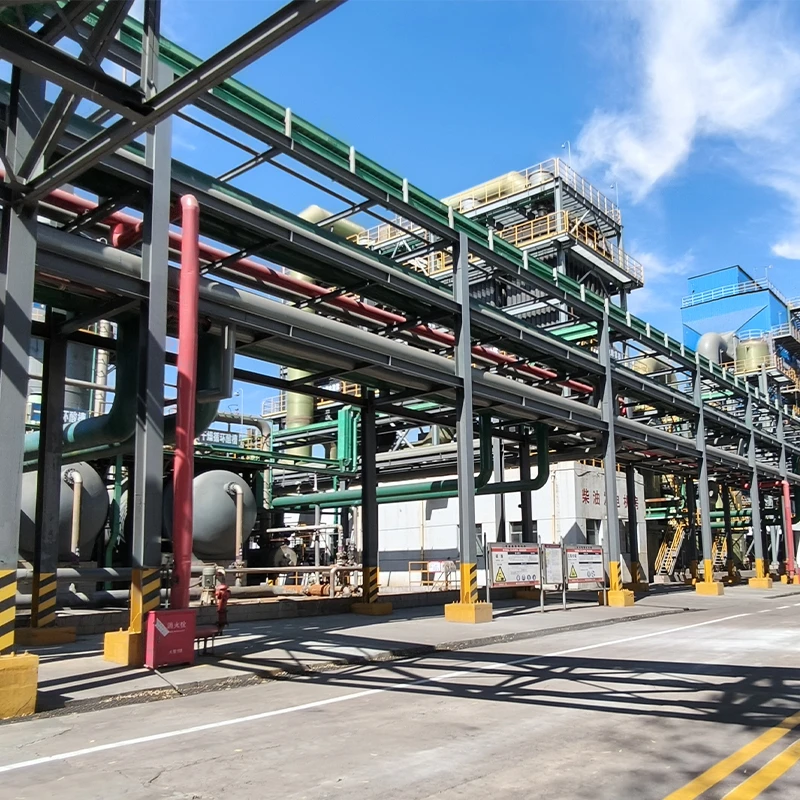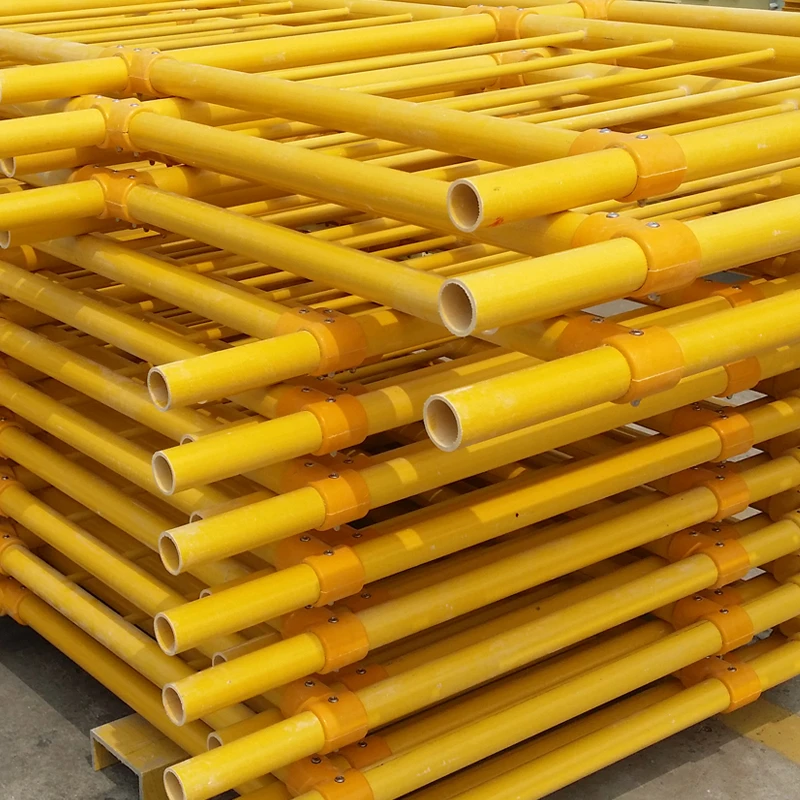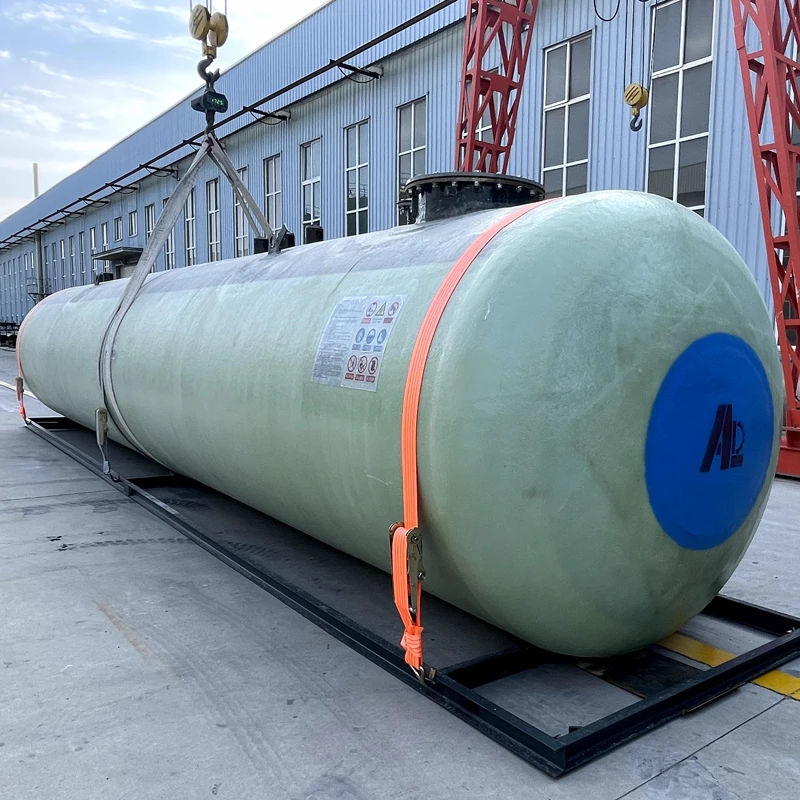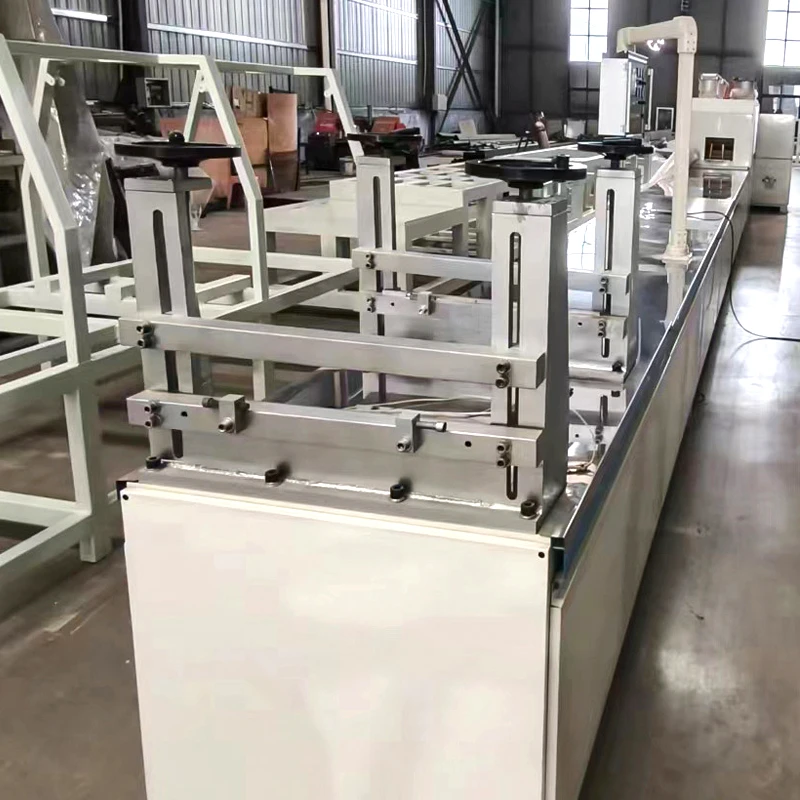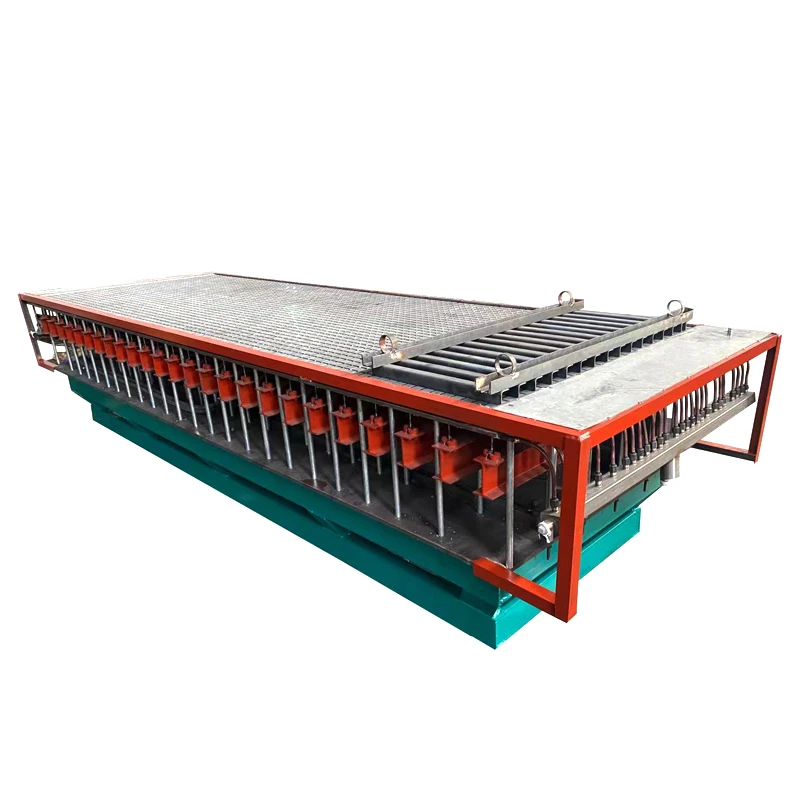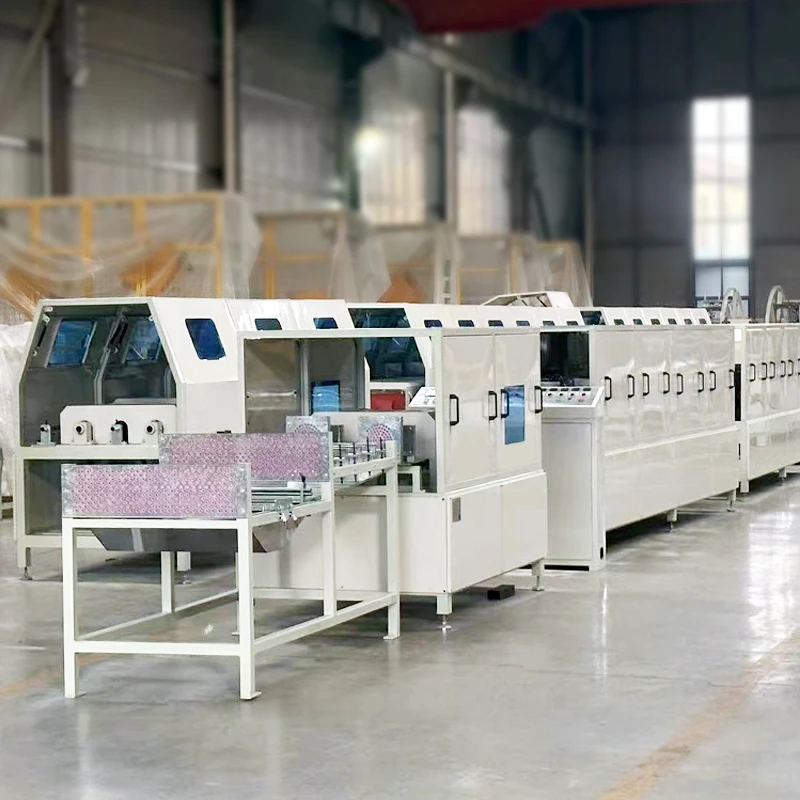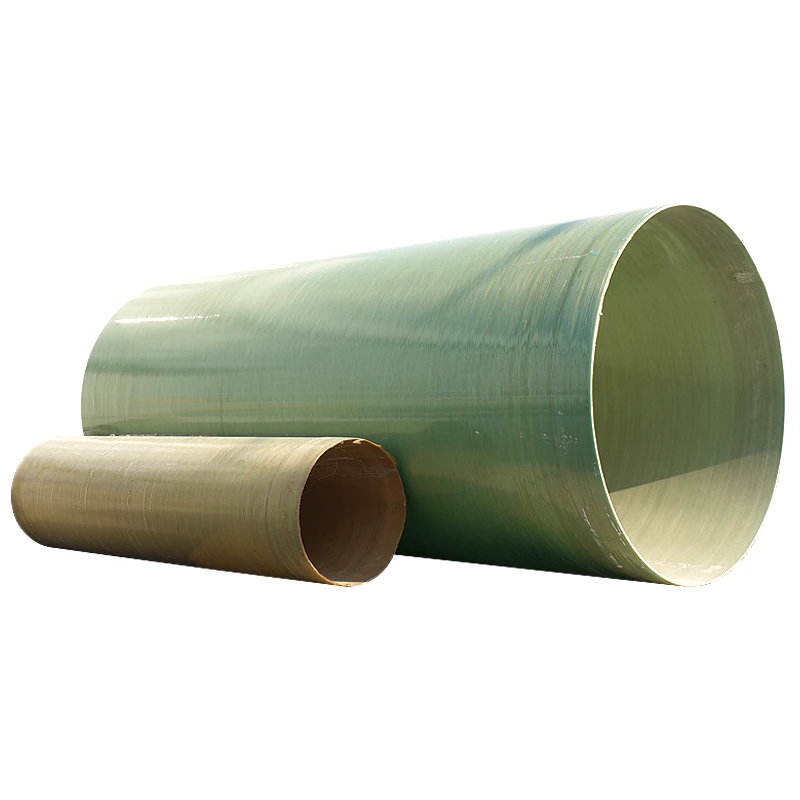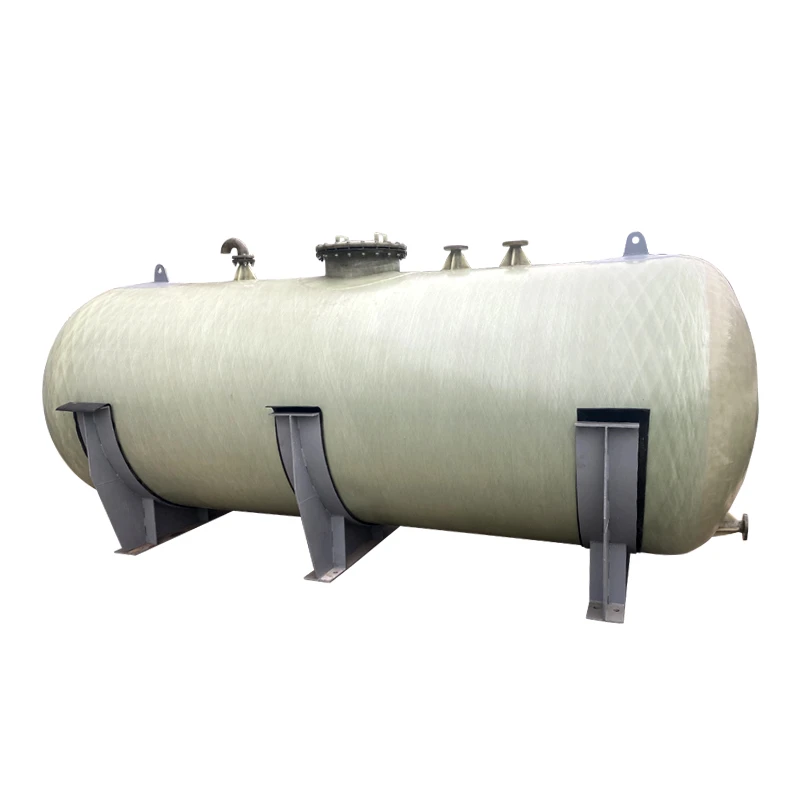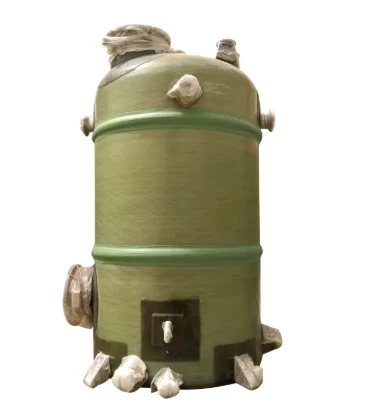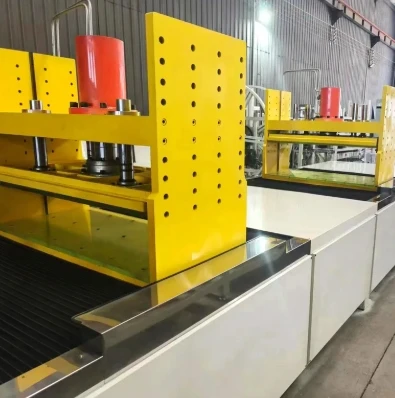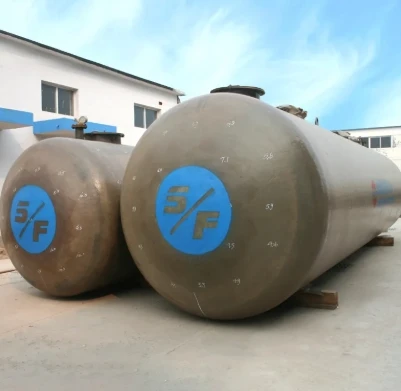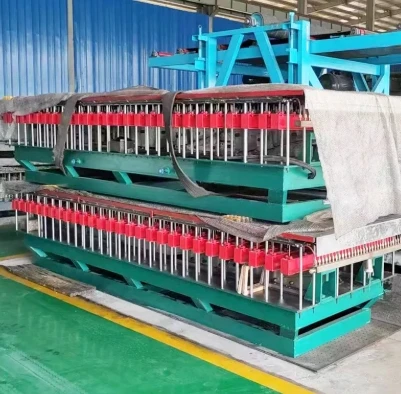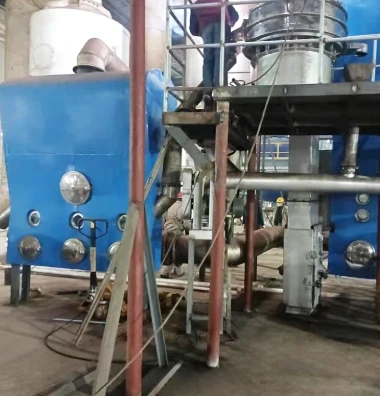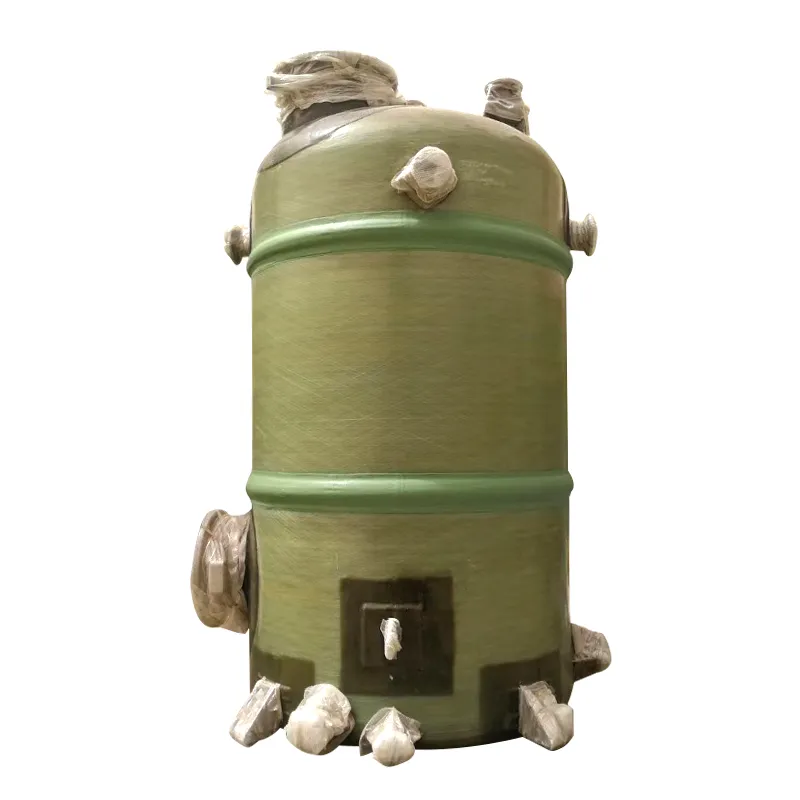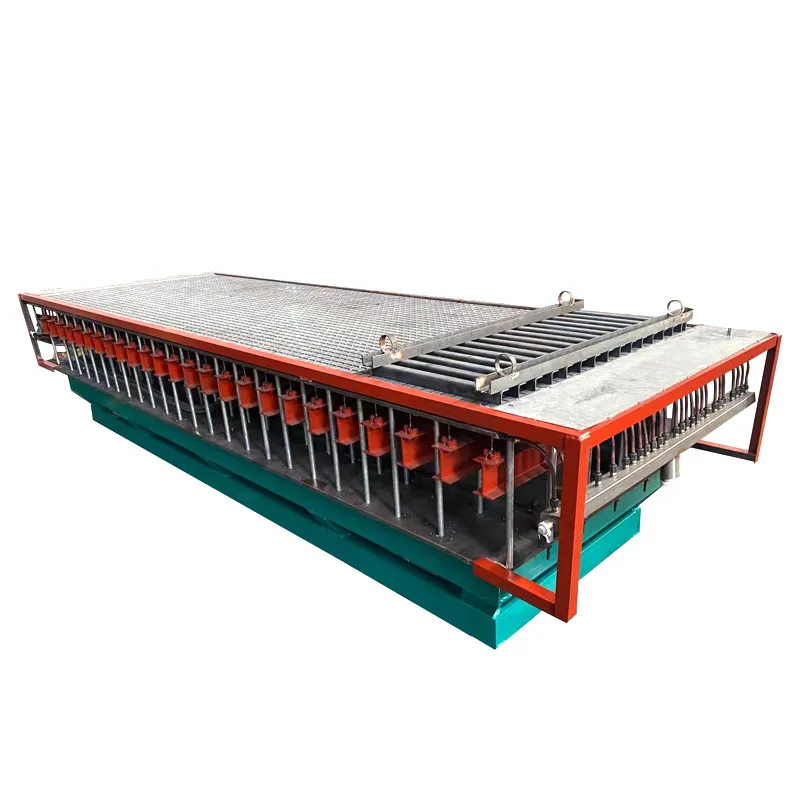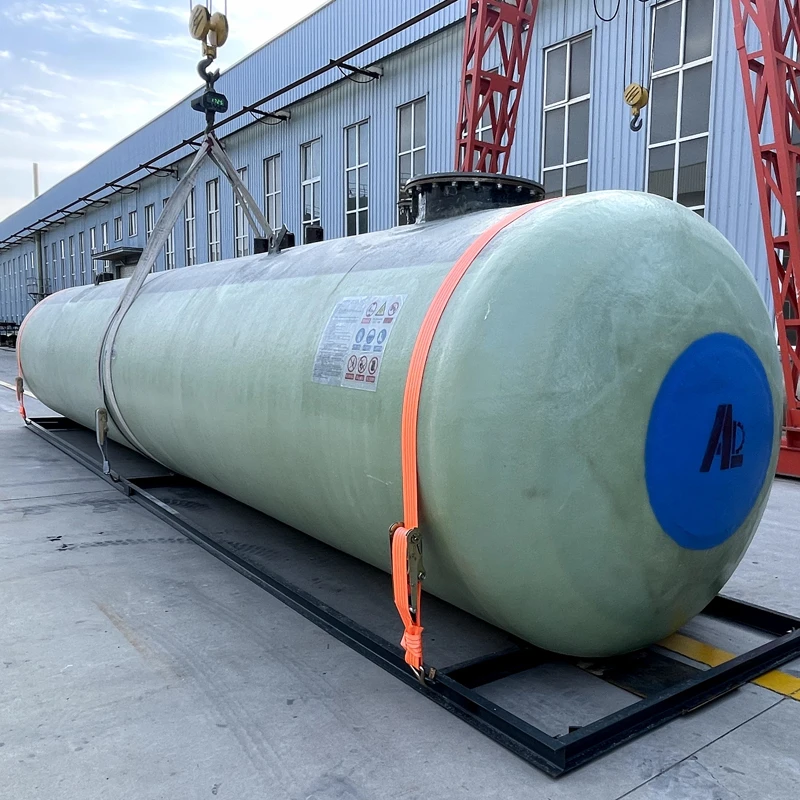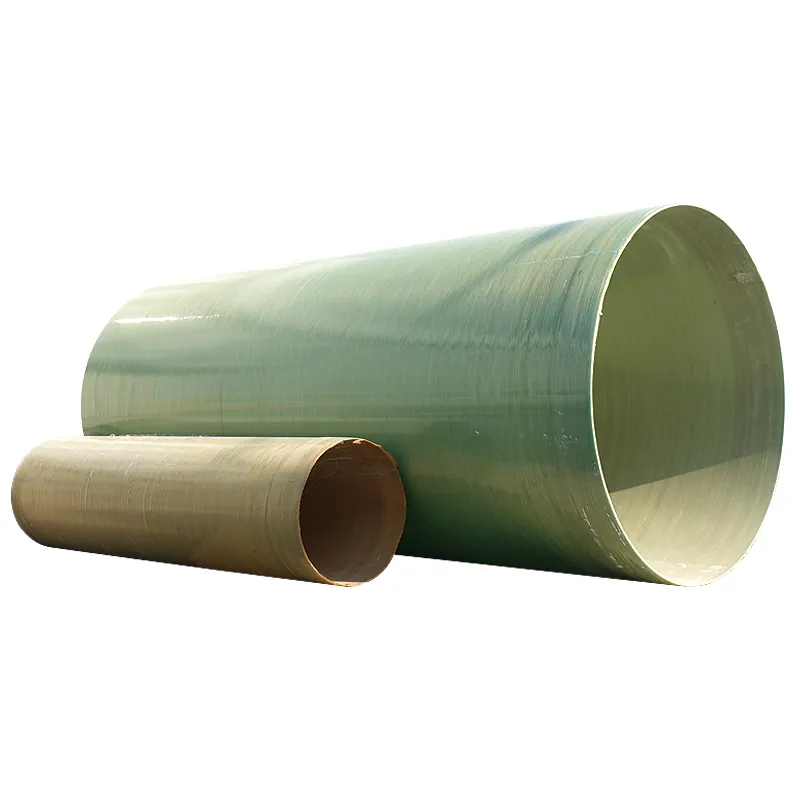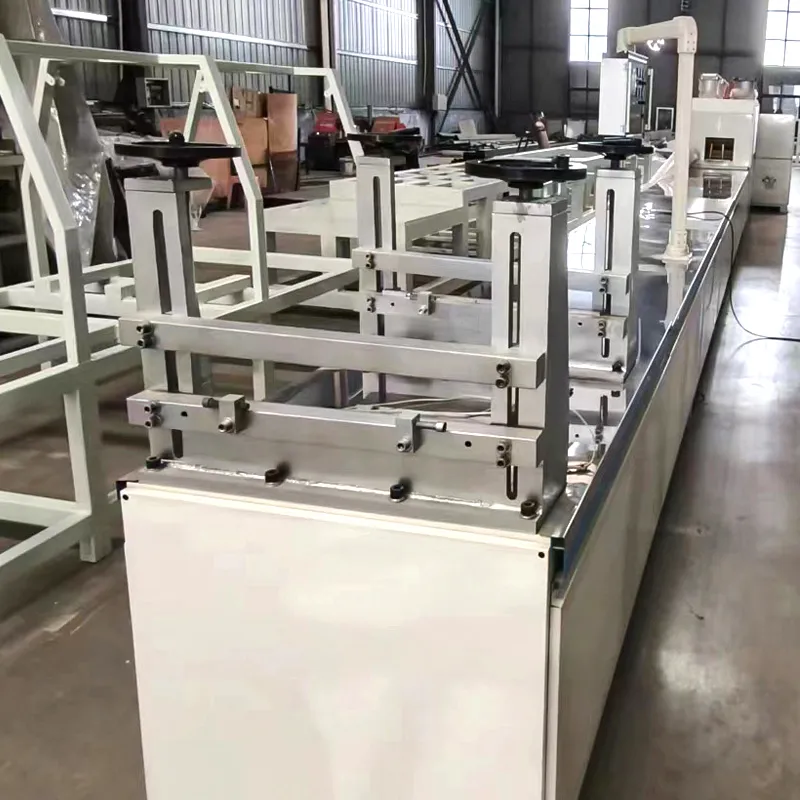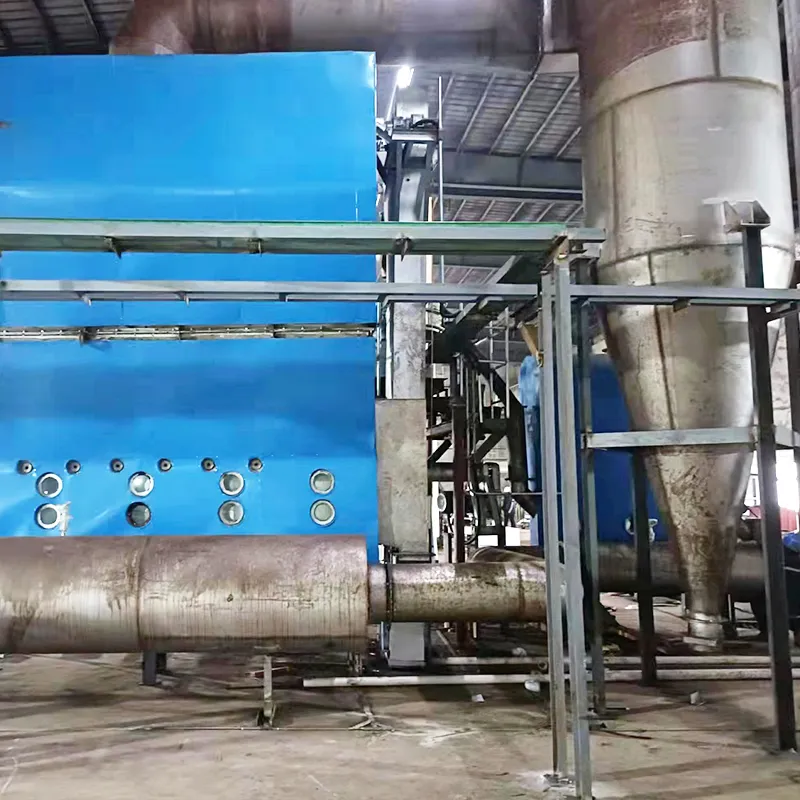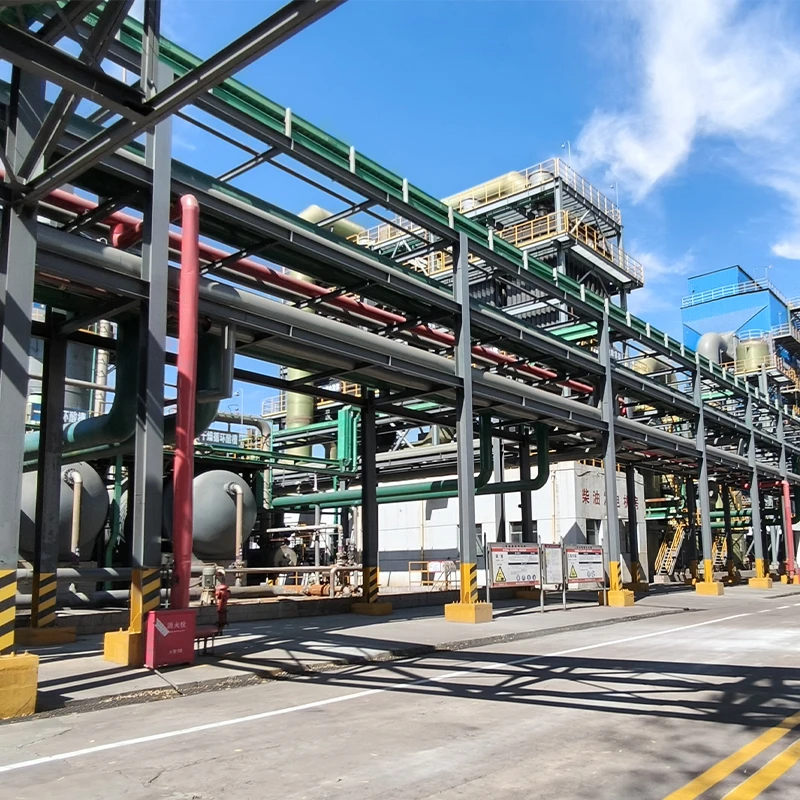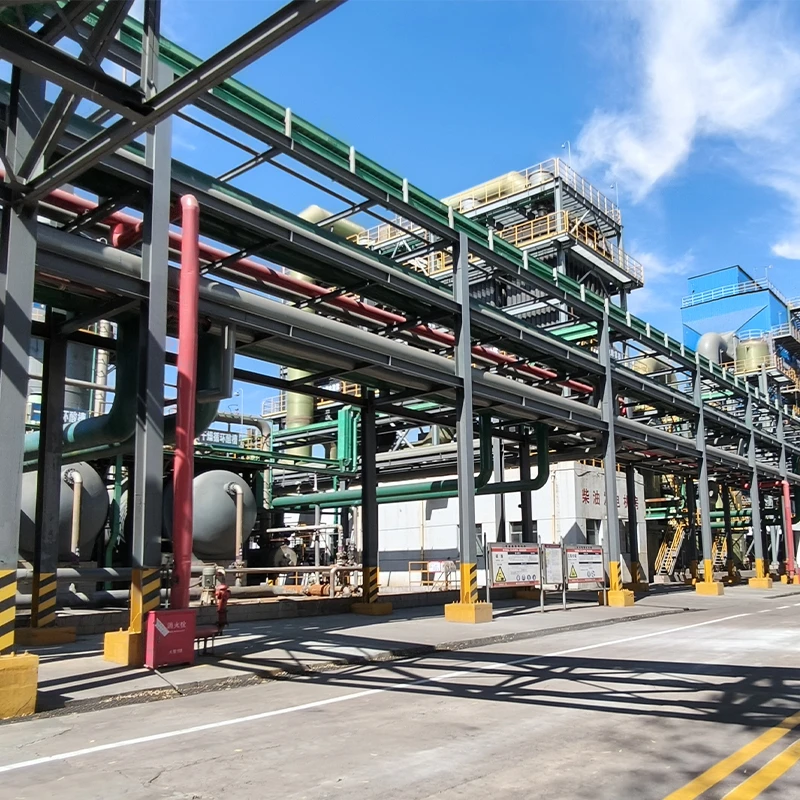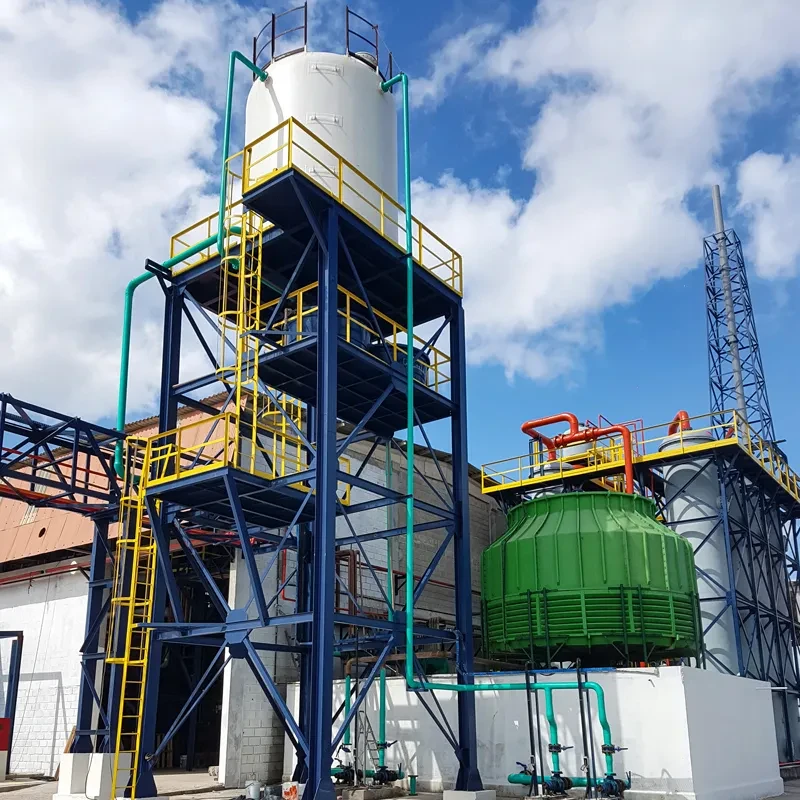Sulfuric Acid Production Line - Hebei Aoliande|Efficient, Sustainable
Introduction
Sulfuric acid (H₂SO₄) is a cornerstone of modern industrial chemistry, used in fertilizer production, chemical manufacturing, and various other applications. The sulfuric acid production process has evolved significantly, with the Mannheim furnace method being a widely adopted technique. Hebei Aoliande Chemical Equipment Co., Ltd. has pioneered innovations in this field, offering a state-of-the-art sulfuric acid plant that combines efficiency, sustainability, and advanced engineering.
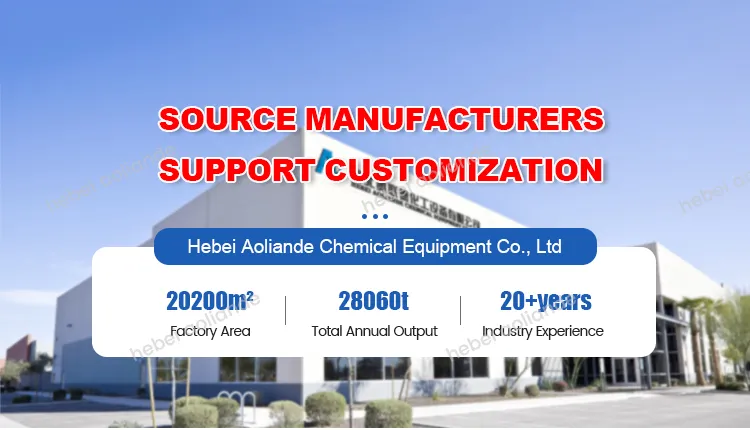
Product Overview
The sulfuric acid production line developed by Hebei Aoliande is designed to optimize the Mannheim process, a method that involves the reaction of potassium chloride with sulfuric acid at high temperatures. This process generates potassium sulfate and hydrochloric acid, making it a critical component of the fertilizer industry. However, traditional methods often face challenges such as high energy consumption, environmental concerns, and suboptimal product quality. Hebei Aoliande has addressed these issues through technological advancements, resulting in a system that is both environmentally friendly and economically viable.
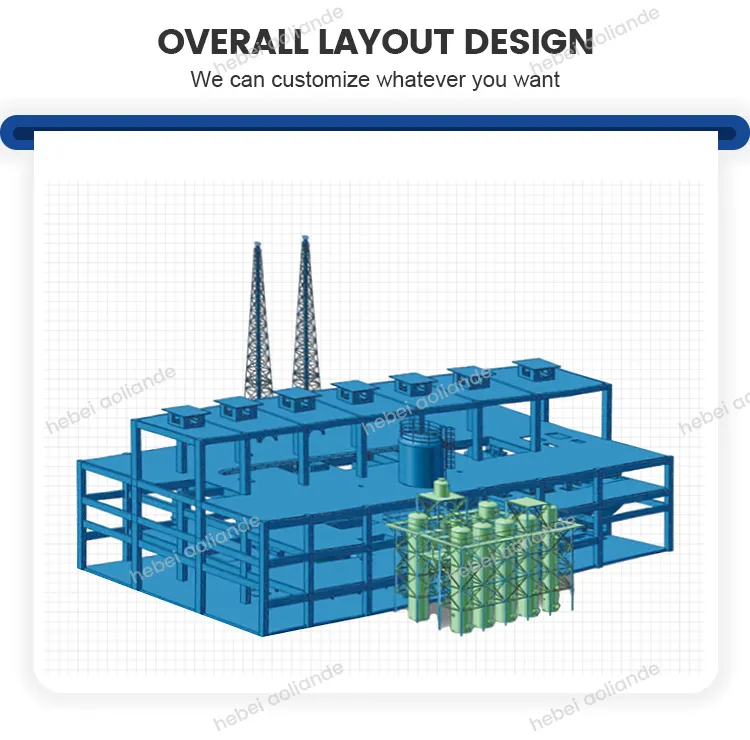
The Mannheim Process Explained
The Mannheim process, named after its inventor, is the most common method for producing sulfuric acid. It involves heating potassium chloride (KCl) with sulfuric acid (H₂SO₄) in a muffle furnace at temperatures exceeding 600°C. This reaction yields potassium sulfate (K₂SO₄) and hydrochloric acid (HCl) in a two-step process via potassium bisulfate (KHSO₄). According to the National Institute of Standards and Technology (NIST), such processes require precise control of temperature and pressure to ensure optimal yield and product purity.
Despite its prevalence, the Mannheim process is associated with high costs due to the need for raw materials like MOP (muriate of potash) and sulfuric acid. The final product typically costs around $500 per ton. Hebei Aoliande's improvements have significantly reduced these costs while enhancing efficiency.
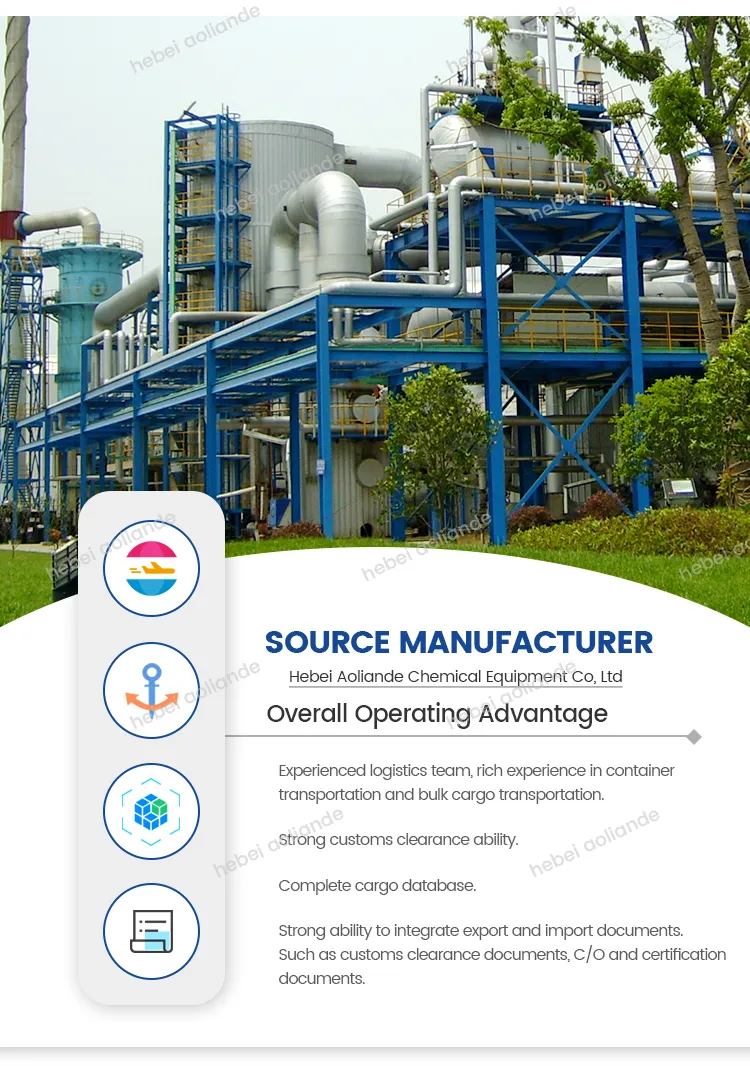
Technical Advantages of the Production Line
Hebei Aoliande's sulfuric acid production line incorporates several cutting-edge technologies that address the limitations of traditional methods. Key advantages include:
- Corrosion-Resistant Materials: Critical components are made from special materials that resist corrosion, ensuring longevity and reducing maintenance costs.
- Waste Recovery System: A dedicated system recycles hydrochloric acid (HCl), minimizing environmental impact and adhering to stringent ecological standards.
- Enhanced HCl Absorption: The upgraded absorption system improves the quality of the final product by maximizing HCl recovery.
- Energy-Efficient Design: Improved flue design and gas generators reduce energy consumption, lowering operational costs.
- PLC Automation: A programmable logic controller (PLC) system ensures precise control over feedstock ratios, reducing labor costs and human error.
- Stable Operation: The system is engineered for consistent performance, even under varying load conditions.
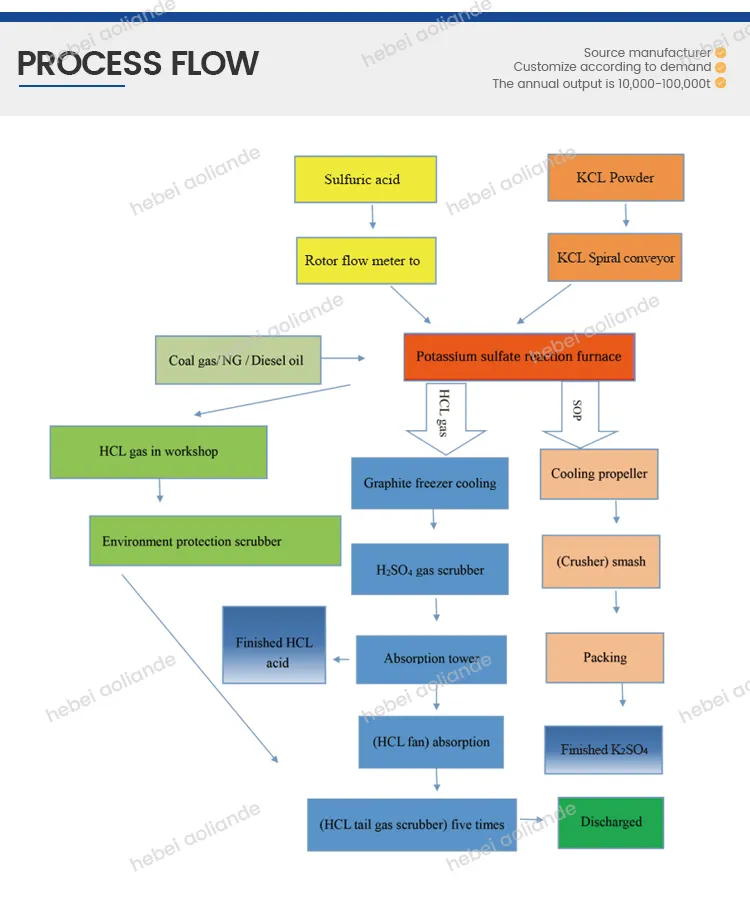
Applications and Industry Impact
The sulfuric acid production line is a versatile solution with applications across multiple industries. It is particularly valuable in the fertilizer sector, where sulfuric acid is used to produce potassium sulfate (SOP), a key component in agricultural fertilizers. Additionally, the system is employed in chemical manufacturing, metal processing, and wastewater treatment. By integrating advanced technologies, Hebei Aoliande's production line ensures that these industries can meet global demand while maintaining compliance with environmental regulations.
According to the NIST, the adoption of energy-efficient and sustainable production methods is critical for reducing the carbon footprint of industrial processes. Hebei Aoliande's innovations align with these goals, offering a model for future sulfuric acid production.

Product Specifications
| Parameter | Details |
|---|---|
| Production Method | Mannheim Process |
| Raw Materials | Potassium Chloride (KCl), Sulfuric Acid (H₂SO₄) |
| Operating Temperature | 600°C+ |
| Energy Consumption | Low (up to 30% reduction compared to traditional methods) |
| Output Capacity | Varies based on system size (customizable) |
| Environmental Compliance | Waste HCl recovery system, low emissions |
| Automation Level | PLC-controlled for precision and efficiency |
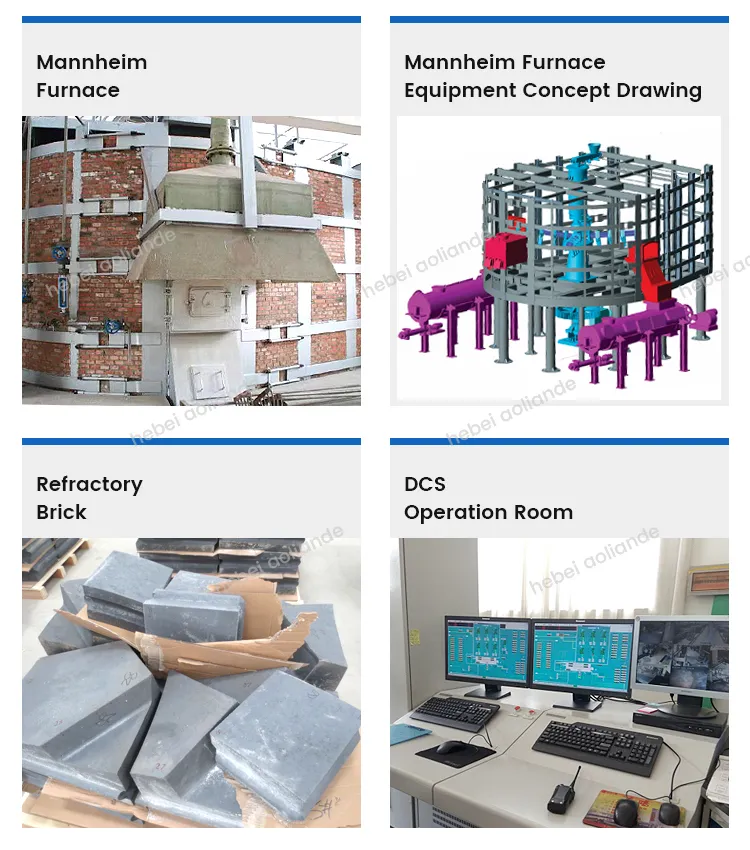
Company Background: Hebei Aoliande Chemical Equipment Co., Ltd.
Hebei Aoliande Chemical Equipment Co., Ltd. is a leading manufacturer of FRP (Fiberglass Reinforced Plastic) products, including pipes, storage tanks, and production machinery. The company has established itself as a trusted name in the industry, with a global presence in markets such as the United States, Brazil, Japan, Germany, India, Malaysia, and Egypt. Committed to innovation, Hebei Aoliande has achieved ISO 9001 and ISO 14001 certifications, reflecting its dedication to quality management and environmental responsibility.
With over 50 employees and annual sales exceeding $5 million, the company continues to expand its reach while maintaining a focus on customer satisfaction. Its expertise in chemical equipment manufacturing is evident in its ability to deliver customized solutions for complex industrial processes like sulfuric acid production.
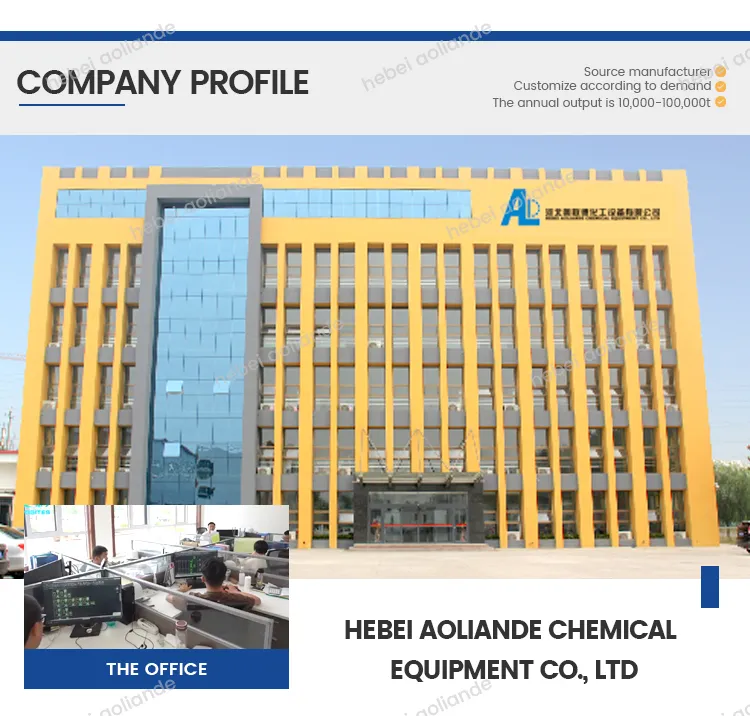
Conclusion
The sulfuric acid production line offered by Hebei Aoliande Chemical Equipment Co., Ltd. represents a significant advancement in the field of chemical manufacturing. By leveraging the Mannheim process and integrating innovative technologies, the company has created a system that is not only efficient and cost-effective but also environmentally sustainable. This aligns with the broader goals of the industry to reduce waste, conserve energy, and meet global demand for sulfuric acid.
For businesses seeking a reliable and cutting-edge solution for sulfuric acid production, Hebei Aoliande's expertise and commitment to excellence make it an ideal partner. As the industry continues to evolve, the company's focus on innovation and sustainability will undoubtedly play a pivotal role in shaping the future of chemical manufacturing.
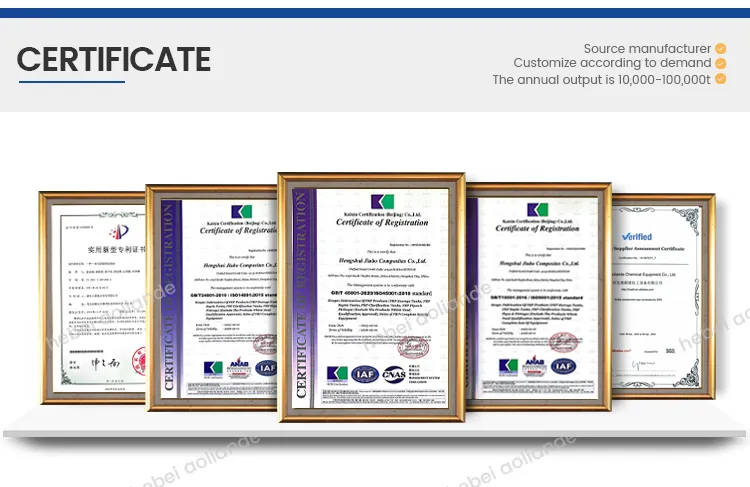
References
National Institute of Standards and Technology (NIST). (n.d.). Driving Innovation. Retrieved from https://www.nist.gov/

